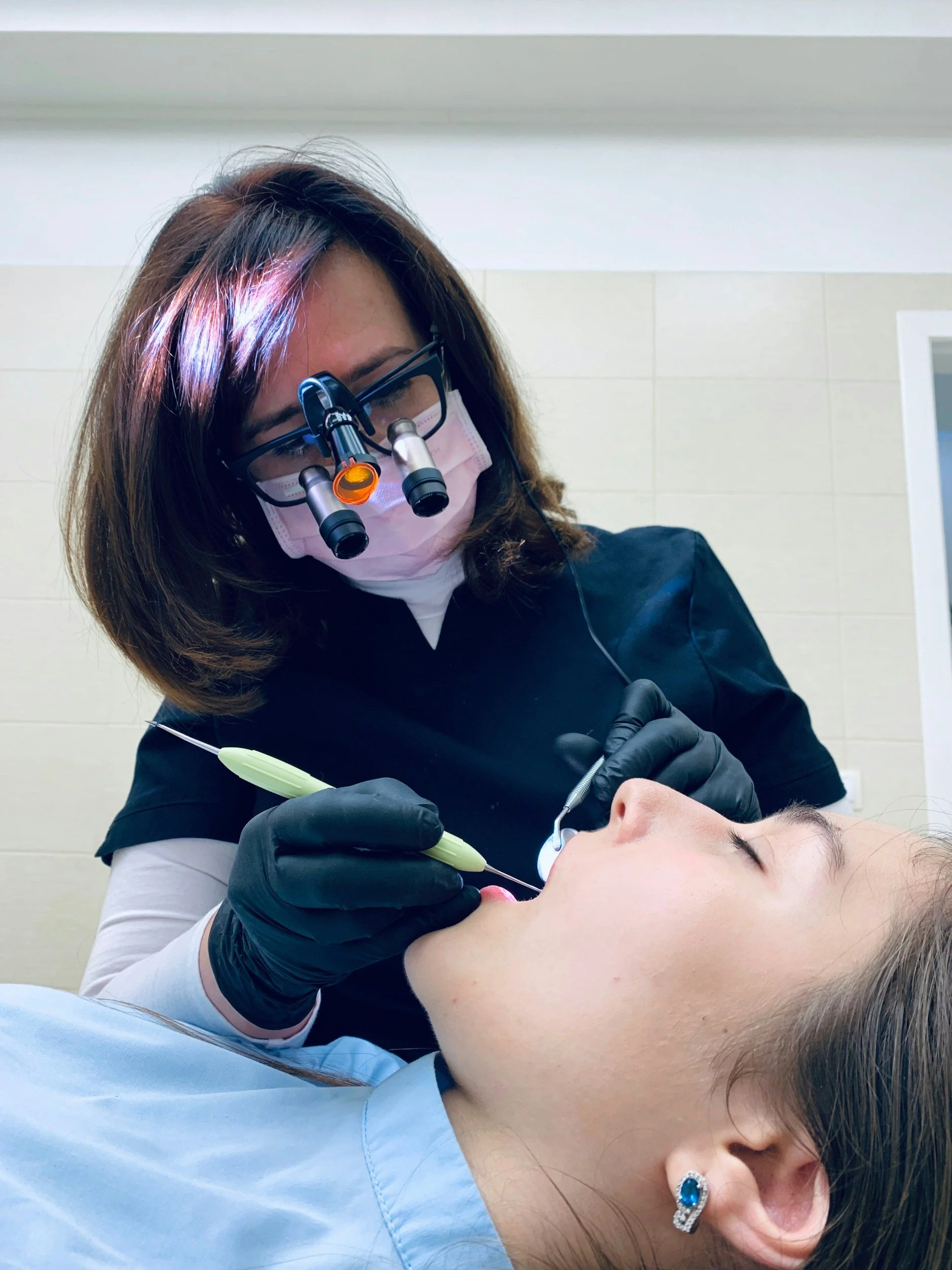Reasons Why Bloodborne Pathogen Training is Essential
Understanding how bacteria and viruses spread is crucial for public health. The CDC reports that healthcare-associated infections (HAIs) affect millions globally each year. In the U.S., about 1 in 31 hospital patients. Hence, appropriate training is necessary to reduce the spread of infections. Bloodborne pathogen training educates people about these pathogens and methods to reduce the risk of infection. It also teaches how to curb the spread of diseases and protect public health.
Understanding Pathogens
Pathogens are microorganisms like bacteria, viruses, fungi, etc., that cause diseases in humans. Airborne transmission, contaminated food or surfaces, or direct contact can lead to the spread of pathogens. Bloodborne pathogen training can reduce exposure to these pathogens.
Prevention of Disease Spread
Bloodborne pathogen training is necessary to prevent the spread of infectious diseases. This training teaches them this by:
Understanding Transmission: Pathogen training teaches individuals how diseases spread. This is necessary to implement prevention strategies. Knowledge about different transmission modes—airborne, contact, and vector—borne—enables better protective measures.
Personal Protective Equipment (PPE): Proper PPE use can reduce the risk of infection. Training ensures that individuals know when and how to use masks, gloves, gowns, and other protective gear correctly.
Hygiene Practices: Good hygiene practices, such as handwashing, sanitization, and maintaining a clean environment, help reduce the presence of pathogens. Training reinforces these practices, making them routine.
Enhancing Response to Outbreaks
We need thorough training to respond effectively to epidemics and pandemics. Pathogen training helps you better respond to these events.
Rapid Identification: Training helps in the quick identification of symptoms and signs of infectious diseases. This can help in early intervention and control measures.
Isolation Procedures: Proper isolation of infected individuals is important to prevent the spread of pathogens. This includes training on how to set up isolation zones and protocols.
Vaccination Campaigns: Educated individuals can better understand the importance of vaccines and participate in vaccination drives, which can help prevent disease spread.
Protecting Healthcare Workers
Healthcare workers are at a high risk for exposure to pathogens. To ensure their safety, bloodborne pathogen training is essential. The methods to protect the health workers include:
Occupational Safety: Pathogen training is necessary for healthcare workers who are at high risk of exposure. It includes protocols for safely handling patient samples and managing infected materials.
Emergency Preparedness: Training prepares healthcare workers to handle outbreaks. It also helps in patient management and maintaining essential services during a health crisis.
Mental Health Support: Understanding the risks can reduce anxiety and stress among healthcare workers. Thus leading to better mental health and job performance.
Ensuring Laboratory Safety
Maintaining safe and hygienic practices is required to ensure the safety of the personnel. To maintain safe and hygienic laboratory practices, we should practice the following.
Biosecurity Measures: Training ensures that laboratory personnel follow strict protocols to prevent the accidental release of pathogens.
Proper Waste Disposal: Correct disposal of biohazardous waste is necessary to avoid environmental contamination and accidental exposure.
Decontamination Procedures: Regular and effective decontamination of laboratory equipment and surfaces reduces the risk of subsequent infections.
Public Awareness and Education
We need to educate the public about pathogens so that we can safeguard them. The following are aspects of public awareness and education.
Community Health: Public pathogen training programs can significantly impact community health by spreading awareness about disease prevention and control.
Behavioral Change: Educated communities are more likely to adopt behaviors that reduce the spread of pathogens, such as vaccination, proper hygiene, and safe food handling practices.
Crisis Management: Informed citizens are better equipped to respond to public health emergencies, supporting public health initiatives and complying with safety measures.
Economic Benefits
Pathogen training helps reduce the costs of healthcare by maintaining a healthy workforce. It ensures that the businesses continue to work under outbreaks. Hence, the economic benefits of pathogen training are:
Reducing Healthcare Costs: Preventing disease spread through training reduces the burden on healthcare systems, reducing healthcare costs.
Maintaining Workforce Health: A healthy workforce is crucial for economic stability. Pathogen training helps in keeping employees healthy.
Sustaining Business Operations: Businesses that implement pathogen training and safety measures can continue operations during outbreaks, minimizing economic disruption.
Ethical and Legal Compliance
Pathogen training is needed not only for health and safety but also so that organizations follow regulations. Here's why it's crucial:
Meeting Regulations: Many countries have regulations and guidelines for infection control. Pathogen training ensures compliance with these legal requirements.
Ethical Responsibility: Organizations have an ethical duty to protect their employees, customers, and the wider community from infectious diseases. Training supports this responsibility.
Avoiding Liability: Training can protect organizations from legal problems related to the spread of diseases in their buildings.
Implementation of Pathogen Training
Implementing pathogen training is necessary for safety and health. It teaches about pathogens and how to prevent infections. Key parts of pathogen training include:
Curriculum: Cover topics like pathogen biology, transmission, infection control, and emergency response.
Interactive Learning: Use simulations, hands-on practice, and scenarios to improve understanding and retention.
Regular Updates: Keep training current with the latest scientific knowledge and guidelines.
Wrapping Up
Training on pathogens is essential. It prevents disease outbreaks and protects healthcare workers. It also reduces disease spread. Bloodborne pathogen training can save lives and lower healthcare costs, making it vital for public health.







